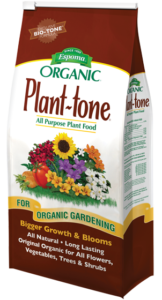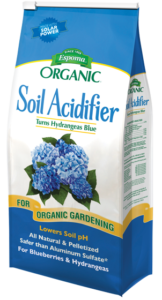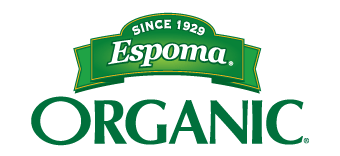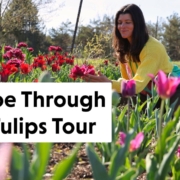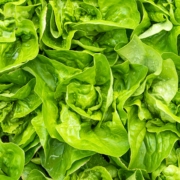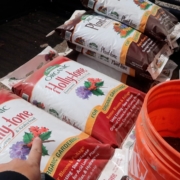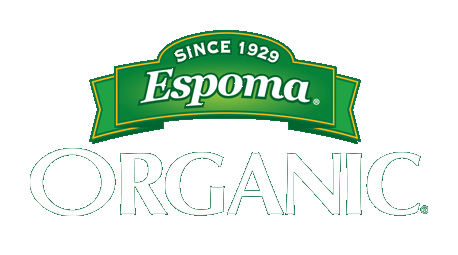Awesome Astilbe
Astilbes are the drama queens of the shade garden. You cannot help but admire these ‘no-fuss’ divas for their beauty and grace. Flowers can be delicate and frothy or stiff and compact. Blooms range in color from red, burgundy, white, purple, rosy-purple, peach and various shades of pink. The handsome, fern-like foliage is a delightful contrast to heftier leaves like those of Hosta and Rodgersia. Leaves can be shiny, matted or coarse. I like to insert additional zing to the garden by incorporating Astilbe with foliage that is bronze or burgundy tinged (‘Delft Lace’, ‘Fanal’, ‘Maggie Daley’), chocolate (‘Chocolate Shogun’), chartreuse rimmed in red (‘Amber Moon’) or chameleon-like (‘Color Flash’) – the leaves start out brilliant green and then morph to burgundy-purple before closing the season in blazing orange, red and yellow.
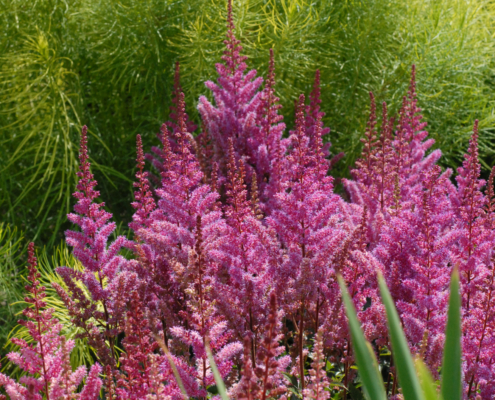
Even though Astilbe is typically known as a shade perennial, it tolerates full sun, as long as there is enough moisture. Those in the chinensis species are best suited for drier conditions. These beauties also make wonderful container plants. Hardy in Zones 4 to 9 (many references claim Zone 3), pollinator-friendly Astilbe provides four seasons of appeal (leave the dried flower stalks up for winter interest) with little effort on your part!
Astilbes flower for three to four weeks but by mixing early, mid and late season cultivars, you can enjoy glorious blooms from mid-June until mid-August. These deer and rabbit resistant workhorses range in height from only around 8” (‘Lilliput’) to spectacular back of the border giants that can reach 4’ (‘Purple Candles’, ‘Mighty Pip’). Astilbe ‘Pumila’ makes a terrific, weed-smothering ground cover with low, overlapping leaves and late season, lilac-pink flowers that top out at 10”.
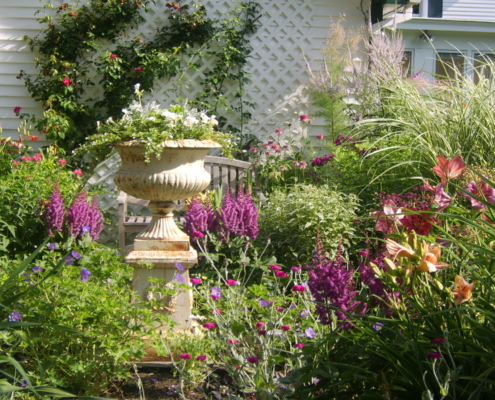
Astilbe does best in organically enriched, moisture retentive soil. You can achieve this by simply amending soil – or mulching – with compost, aged manures or similar materials. Further boost the floral display by fertilizing with Plant-tone, a slow release, organic fertilizer. Astilbe prefers an acidic soil (pH in the high 5’s or low 6’s). Check soil pH by taking a sample to your local extension office or use a do-it-yourself-kit such as Rapitest. To lower pH apply Espoma’s organic Soil Acidifier (elemental sulfur).
About the author: As an award-winning garden designer, author and lecturer, Kerry Ann Mendez focuses on time-saving gardening techniques, workhorse plants and sustainable practices. She has been on HGTV and in numerous magazines including Horticulture, Fine Gardening, Garden Gate and Better Homes & Gardens. Kerry Ann was awarded the 2014 Gold Medal from the Massachusetts Horticultural Society for her horticultural accomplishments. She has published four popular gardening books, her most recent being, The Budget-Wise Gardener (February 2018). In 2016 Kerry Ann introduced National Gardening Webinars that are attended by thousands. For more about Kerry Ann visit www.pyours.com
